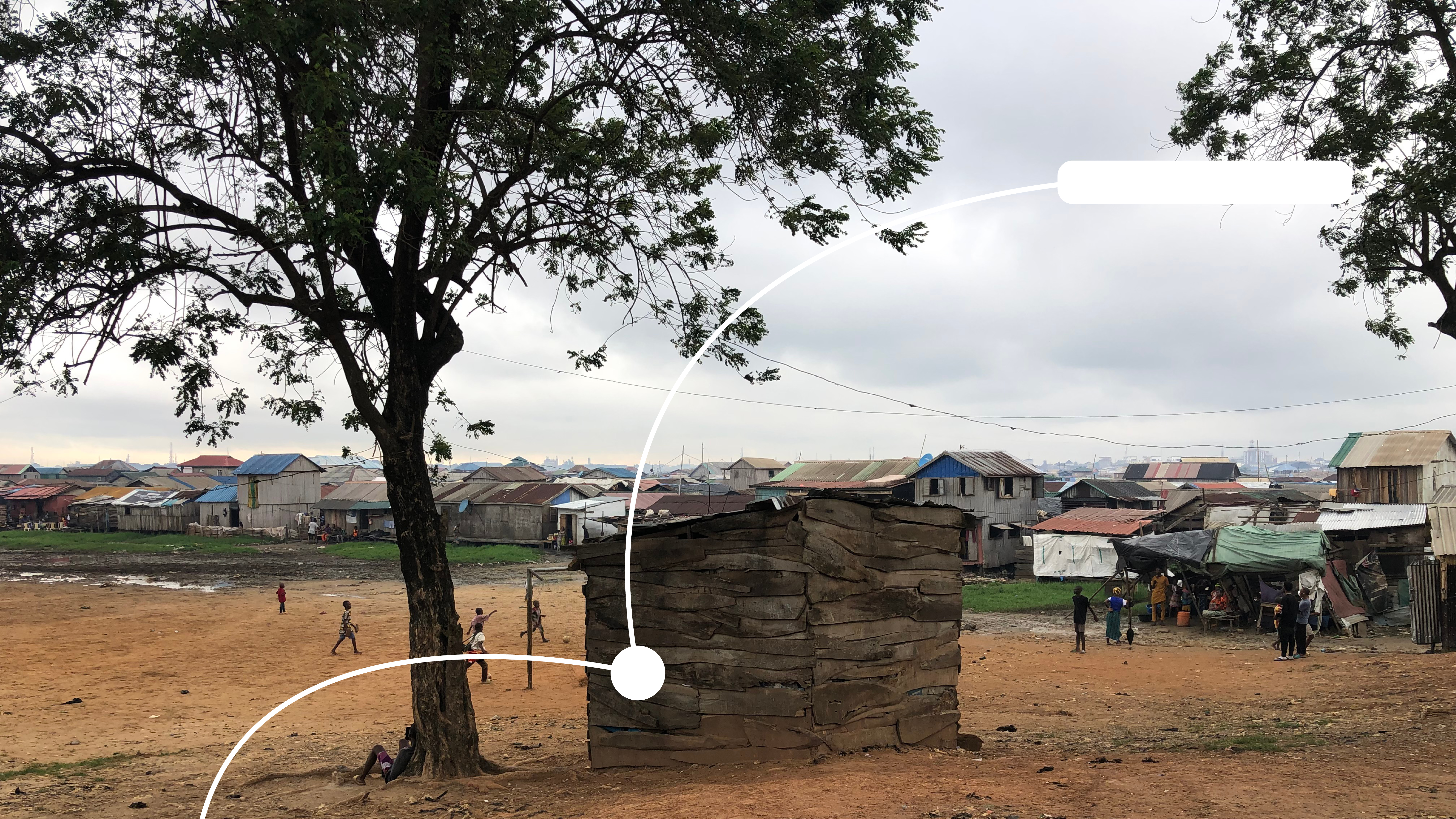Notes
1
"Demolition starts at Makoko slum," Vanguard, 16 July, 2023. See ➝.
2
Fisayo Soyombo, "PORTRAITS OF BLOOD (II): Names, Photos, Videos… How Lekki #EndSARS Protesters Were Massacred," Foundation of Investigative Journalism, October 20, 2021. See ➝.
3
VAL had previously received a grant for €2,000 from the Dutch embassy, in 2017, to support the visit and participation of a Dutch artist in an ICAF artist-in-residence program.
4
Gregory Austin Nwakunor, "The agony of culture activist, Aderemi," The Guardian, March 3, 2019. See ➝.
6
As part of the grant requirements, it collaborated with Site Gallery in the UK.
© 2023 e-flux and the author
